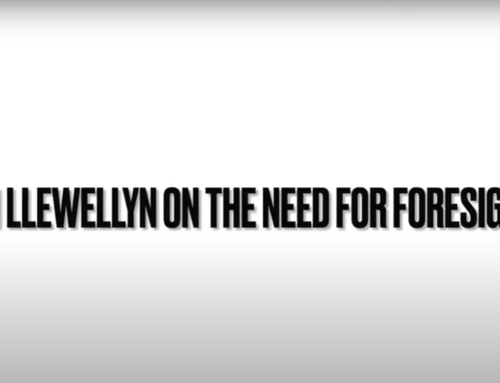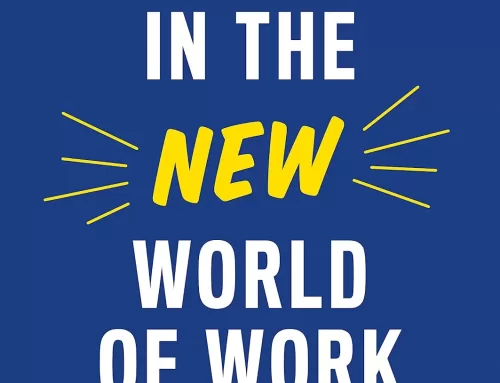Futurist colleague (and my former Professor) Oliver Markley recommended Thomas Homer Dixon’s The Upside of Down: Catastrophe, Creativity, and the Renewal of Civilization, first published in 2006. Oliver is one of those people who’s always got good leads and it usually takes me a while to catch up. In this case, I am really glad I did!
Homer-Dixon talks about 5 “tectonic stresses:”
- population: different growth rates between rich-poor nations and megacities
- energy: conventional oil scarcity
- environmental: ecosystem damage
- climate: changes to atmosphere
- economic: global instability and rich-poor gap
No big surprises there, but a solid list nonetheless. Perhaps the most interesting point was the importance of EROI (Energy Return on Investment). He observes that petroleum is so valuable because it returns a lot of energy for what it takes to get it. Future sources won’t be nearly as productive, and he uses this concept to explain in part the fall of Rome. He points out that complex societies require a high EROI to manage, since it is at the core of so much of societies’ basic functions. “Rome was locked in to a food-based energy system [supplying animal and human labor]. As the empire expanded and matured; as it exploited, and in some cases exhausted, the Mediterranean region’s best cropland, and move on to cultivate poorer lands…it had to work harder and harder to produce each additional ton of grain.” Comparing to the present: “Today humankind is facing the same trend with many of its vital energy sources….we’ve already found and tapped the biggest and most accessible oil and gas fields…the best hydropower sites. ”
A second interesting point, which we are finally starting to hear more about, is the tradeoff between efficiency and resiliency. Of course, efficiency is a good thing….to a point. Driving a system to maximum efficiency, however, creates a tradeoff with resiliency. Redundancy in a network, for example, may be inefficient, but when there is a problem in one part of a network, the redundancy is helpful in enabling a work-around.
I won’t catalog all of the insights, but hopefully these two will sufficiently whet your appetite. Complex concepts are explained with clear and concise writing and illustrated with ample examples.
After laying out the problems, he describes the various strategies we employ to deny the difficult reality ahead of us. Among the more interesting explanations, he points out that people are not well-equipped to deal with “slow-creep” problems. We are more inclined to pay attention to developments that happen quickly and substantially. He suggests we are approaching a “moment of contingency–a juncture in our movement through time that amplifies both danger and opportunity” — a fork in the road, if you will. It could turn out badly, but we “we really do have some ability to choose our future.”
His recommended actions:
- reducing the forces of the underlying tectonic stresses
- cultivating a “prospective mind”
- build resilience into all systems critical to our well-being.
He basically sees a transformation coming and suggests it could either be a catastrophic collapse or a healthy renewal, depending on the choices we make. A key insight is that we ought to be “planning for renewal after breakdown.” He employs the concept of catagenesis to capture the notion of renewal after breakdown.
All told, a gem of a book. One quibble is that I wished he had made greater reference to the work of futurists. I found his explanation of how bad we are at forecasting to be disappointing. No mention of the work of futurists or scenario planning or other methods of exploring the future that futurists use. I reviewed an excellent and more recent take on this subject by futurist colleague Richard Slaughter: The Biggest Wakeup Call in History, which I highly recommend as well. Andy Hines





